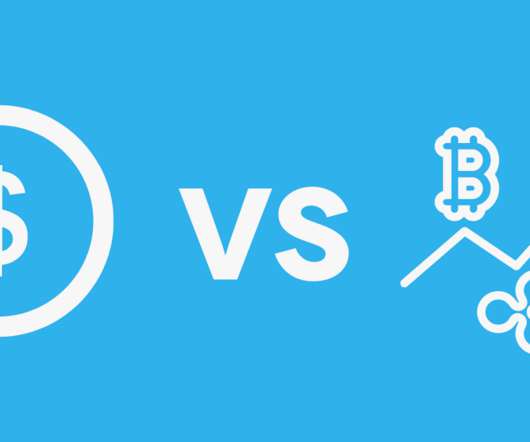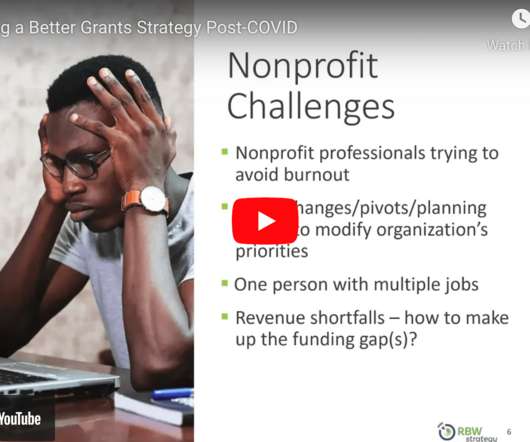Research Friday: Government contracting part II: Adapting in an era of less
ASU Lodestar Center
JUNE 28, 2013
When NFF began this survey in 2009, many of our clients were in “triage” mode: they were dealing with mission and finance-related emergencies, relying on short-term coping strategies—like reserve depletion and staff furloughs—to make ends meet until the financial crisis was over. Systems-level collaboration.


















Let's personalize your content